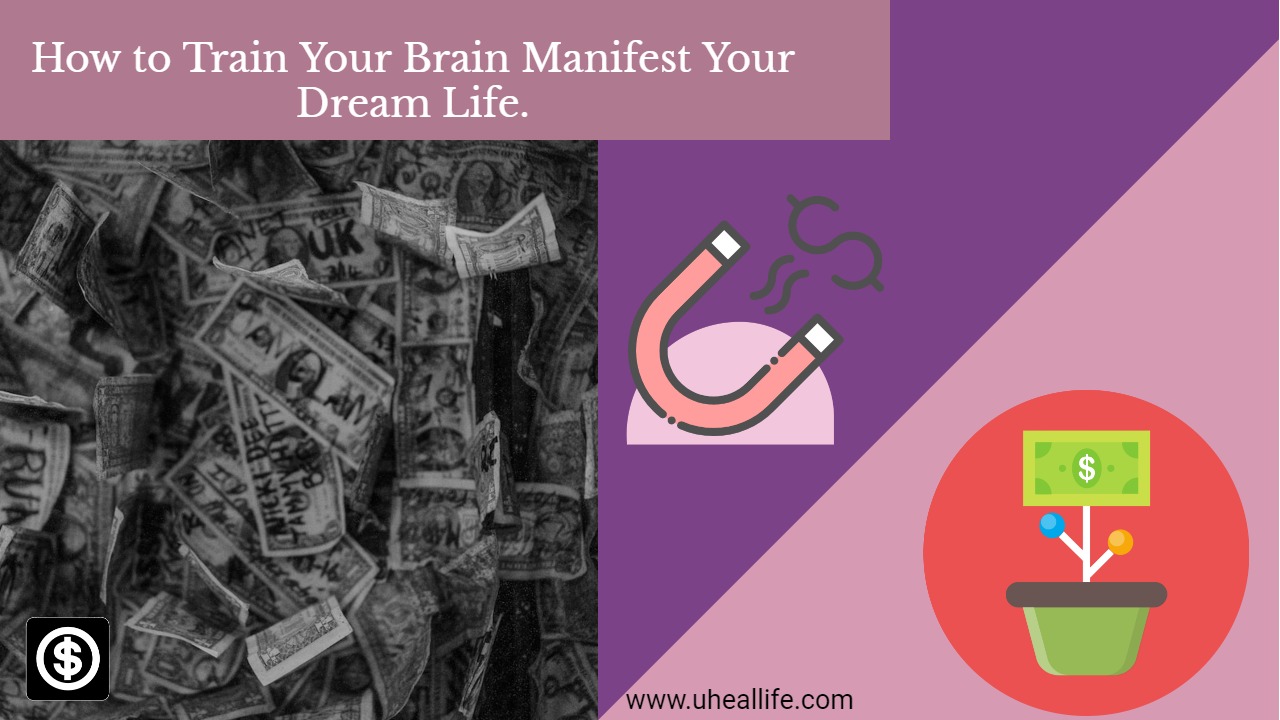How Advertisements Influence Consumer Behavior: Key Insights for Marketers
Advertisements are everywhere—from billboards and social media to TV screens and online streaming platforms. While many consumers may think they are immune to advertising’s effects, research shows that ads play a significant role in shaping decisions and purchasing habits. This article explores how advertisements influence consumers, delving into the psychological triggers, emotional appeals, and various advertising strategies that marketers use to impact behavior and drive purchases.
Table of Contents:
- The Role of Advertising in Modern Consumerism
- Psychological Effects of Ads on Consumers
- The Power of Perception
- Cognitive Biases in Advertising
- Emotional Appeal in Advertising
- Why Emotions Drive Decision-Making
- Common Emotional Triggers in Ads
- How Ads Shape Consumer Decision-Making
- Building Brand Loyalty
- Influencing Purchase Intent
- Advertising Strategies That Work
- Storytelling and Narrative Advertising
- The Role of Social Proof
- Targeted Advertising and Personalization
- Conclusion: Mastering the Art of Consumer Influence Through Advertising
1. The Role of Advertising in Modern Consumerism
Advertising serves as a bridge between businesses and consumers. For companies, it’s a tool to showcase their products and services, establish a brand identity, and ultimately drive sales. For consumers, advertisements are a means of discovering new products, learning about trends, and making informed purchasing decisions.
In today’s saturated market, the goal of advertising is no longer just about increasing awareness—it’s about influencing consumer behavior at a deeper level. Advertisers aim to understand what motivates people to buy, what catches their attention, and what emotional and psychological triggers they can tap into to shape decision-making.
Modern consumers are bombarded with thousands of ads every day, whether online, on social media, or offline. This overwhelming exposure has led advertisers to refine their strategies, focusing on creating impactful ads that resonate on a psychological and emotional level. But what are the key techniques that make advertising so influential?
2. Psychological Effects of Ads on Consumers
The Power of Perception
Perception is everything in advertising. How consumers perceive a brand or product is often shaped by the ads they see. Advertisers manipulate visual elements like color, imagery, and design, alongside copywriting techniques, to create certain perceptions in the consumer’s mind. For instance, luxury brands use elegant fonts, minimalist design, and high-quality visuals to project an image of exclusivity and prestige. In contrast, budget-friendly brands may focus on affordability, using bold colors and clear price points to communicate value.
The way ads frame products can also impact perception. Ads that highlight the benefits of a product rather than the features tend to be more successful because they align the product with consumer desires and needs. This is where emotional appeals come into play, as we’ll discuss shortly.
Cognitive Biases in Advertising
Cognitive biases are subconscious mental shortcuts that help individuals make quick decisions. Advertisers exploit these biases to influence consumer behavior. Some common cognitive biases that marketers tap into include:
- Anchoring Effect: This bias refers to consumers relying heavily on the first piece of information they receive. For example, if an ad shows an initial price for a product before offering a discount, the consumer is more likely to perceive the product as a bargain.
- Scarcity Principle: Ads that create a sense of urgency, such as “limited time offer” or “only a few left in stock,” exploit the scarcity bias. Consumers are more likely to purchase something when they believe availability is limited.
- Social Proof: When consumers see that others have purchased or endorsed a product, they are more likely to follow suit. Advertisements often feature testimonials, reviews, or influencers to leverage this bias.
- Reciprocity: This is the idea that when someone does something for you, you feel compelled to return the favor. Offering free samples or exclusive deals in ads taps into this principle, encouraging consumers to make a purchase in return.
3. Emotional Appeal in Advertising
Why Emotions Drive Decision-Making
Emotions play a crucial role in consumer decision-making. Research shows that emotions often outweigh logic when it comes to making a purchase. Advertisers capitalize on this by creating ads that evoke strong emotional responses, from happiness and nostalgia to fear and excitement.
A study by the Journal of Advertising Research found that emotional responses to an ad are a much stronger predictor of intent to buy than the ad’s content alone. This is why companies like Coca-Cola, Apple, and Nike invest heavily in creating ads that focus on feelings of happiness, success, and inspiration rather than solely on the features of their products.
Common Emotional Triggers in Ads
Advertisers use a variety of emotional triggers to capture attention and influence decisions. Here are a few of the most common:
- Happiness: Ads that make people smile or feel good tend to have a higher engagement rate. Think of Coca-Cola’s “Open Happiness” campaign or Apple’s ads celebrating creativity and innovation.
- Fear and Anxiety: Fear-based ads, often used in industries like insurance or health, motivate consumers to take action by highlighting what could go wrong if they don’t. For instance, a life insurance ad might stress the importance of protecting your family’s future.
- Nostalgia: Many brands tap into the consumer’s desire for the “good old days,” triggering positive memories and associations from the past. This strategy is particularly effective with older demographics or during the holiday season.
- Empathy: Ads that tug at heartstrings by showing relatable stories or addressing social issues resonate with consumers on a deeper level. Campaigns that focus on community building or overcoming challenges often drive engagement.
4. How Ads Shape Consumer Decision-Making
Building Brand Loyalty
Effective advertising doesn’t just drive one-time sales; it builds brand loyalty over time. By creating ads that resonate emotionally and offer value, companies can forge long-term relationships with consumers. Ads that emphasize consistent brand messaging and reinforce positive experiences help solidify a brand in the consumer’s mind.
For example, Coca-Cola’s consistent messaging of happiness and togetherness has helped the brand maintain a loyal customer base for decades. Consumers are not just buying a soda; they are buying into a lifestyle and set of values that align with their own.
Influencing Purchase Intent
Ultimately, the goal of advertising is to influence purchase intent. Advertisers craft messages that align with the consumer’s needs, desires, or problems, positioning their product or service as the solution. Whether through discount offers, limited-time promotions, or exclusive product features, advertisements aim to create a sense of urgency or necessity that pushes the consumer toward a purchase decision.
One way this is achieved is by using call-to-action (CTA) statements. CTAs like “Shop Now,” “Limited Time Offer,” or “Get Yours Today” are direct prompts that encourage immediate action.
5. Advertising Strategies That Work
Storytelling and Narrative Advertising
Humans are hardwired to respond to stories. Storytelling in advertising allows brands to create a narrative that consumers can connect with on a personal level. Story-driven ads don’t just focus on the product—they highlight a journey, an experience, or a transformation.
For example, Nike’s “Just Do It” campaign is built around stories of perseverance and overcoming challenges, tapping into the consumer’s desire for self-improvement. By creating an emotional connection, Nike ads inspire consumers to associate the brand with personal achievement.
The Role of Social Proof
Social proof is a powerful tool in advertising. Consumers are more likely to purchase something if they see that others have done so and had positive experiences. Advertisements often feature customer testimonials, celebrity endorsements, or user-generated content to build trust and credibility.
Online reviews, case studies, and social media mentions are all forms of social proof that can be leveraged in advertising campaigns. For example, ads for skincare products often include real customer before-and-after photos to demonstrate effectiveness.
Targeted Advertising and Personalization
Personalization is one of the most effective advertising strategies today. Targeted ads use data such as browsing behavior, past purchases, and demographic information to serve consumers with content that is relevant to their interests.
Platforms like Facebook and Google Ads allow marketers to create highly customized campaigns that deliver personalized messages to specific audience segments. Personalized ads increase relevance, engagement, and the likelihood of conversion by speaking directly to the consumer’s unique needs or preferences.
Conclusion: Mastering the Art of Consumer Influence Through Advertising
Advertisements are a powerful tool for shaping consumer behavior. By understanding the psychological effects of ads, leveraging emotional appeal, and using effective advertising strategies, brands can influence decisions and build lasting relationships with consumers. Whether through storytelling, social proof, or personalization, successful advertising taps into what motivates people and aligns those motivations with a product or service.
For marketers, the key to mastering advertising influence lies in understanding the complexities of human psychology and emotion, and crafting campaigns that resonate with their audience on both a rational and emotional level.


